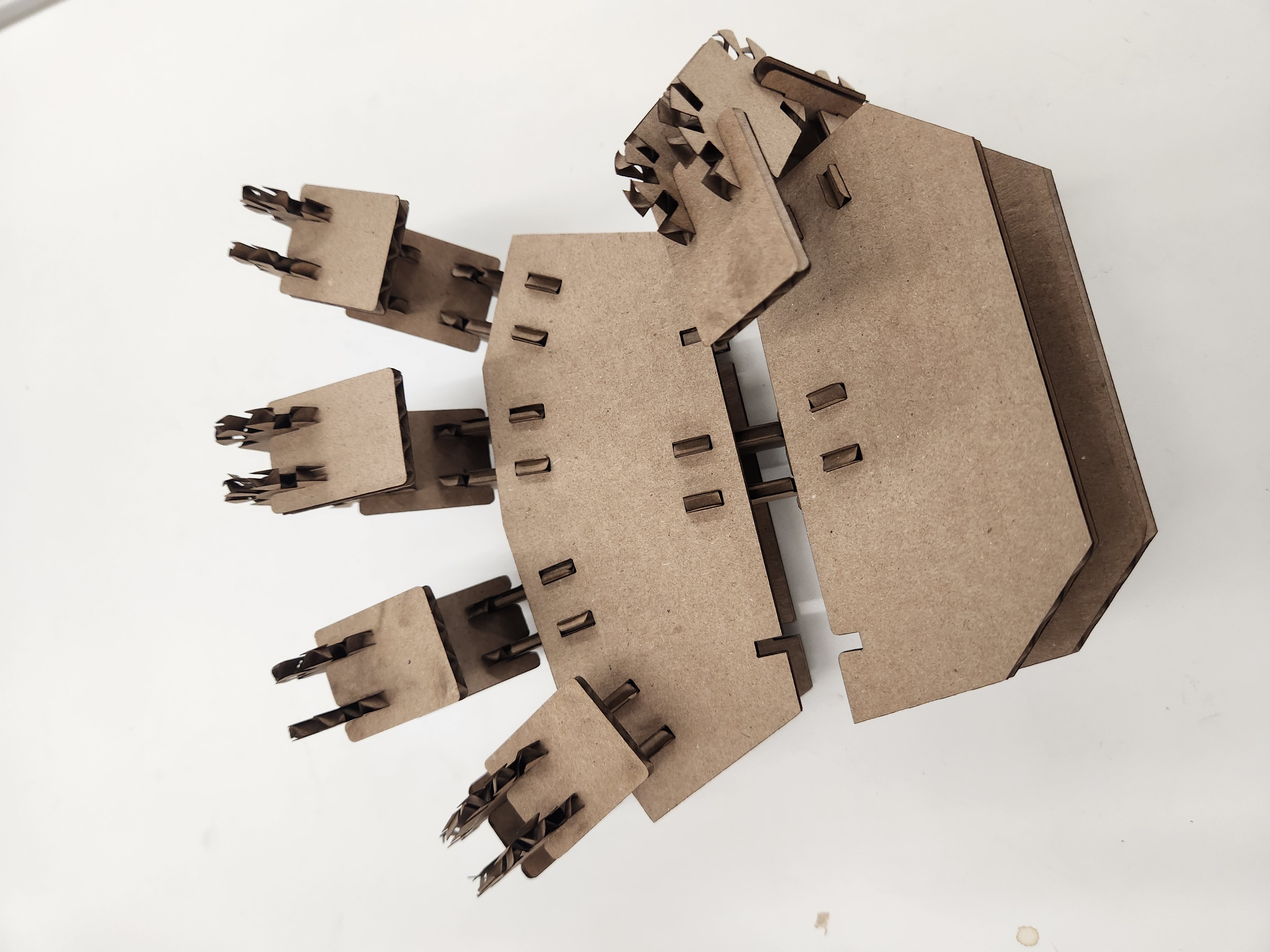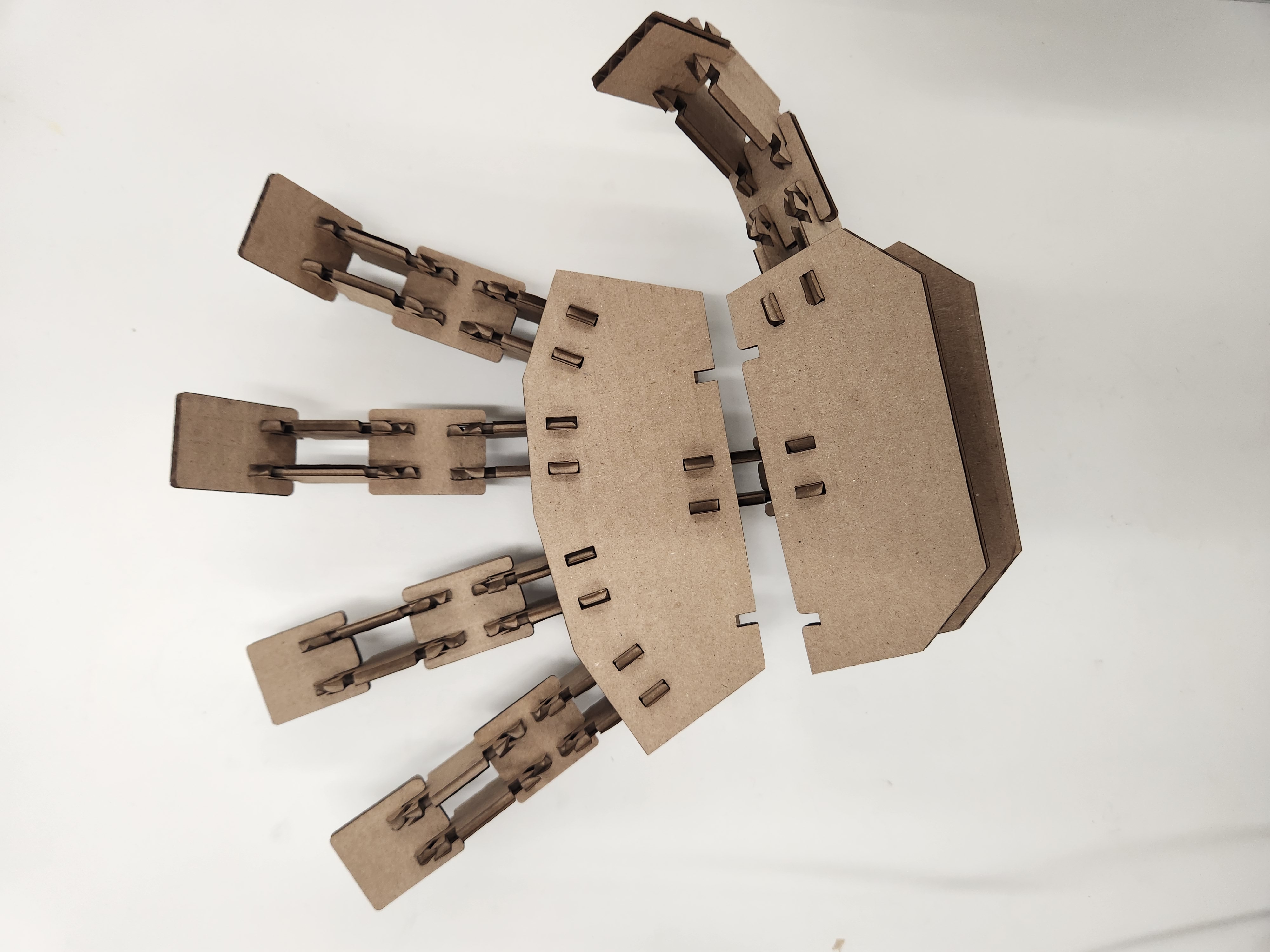Press-Fit Project Documentation:
This 2d fabrication project was an exercise in modeling and thinking using a 2 dimensional material in 3 dimensions. The material of choice was cardboard, as it was cheap and easy to cut quickly with the laser cutter. For my design, I chose to create a model hand with notches for adjustable posing that would press-fit together, no adhesives or other support of any kind. My first trials were a couple of parts I used to: A) Test notch length, and B) test the kerf of the laser cutter. These parts would also serve as the base design for the components of the fingers.
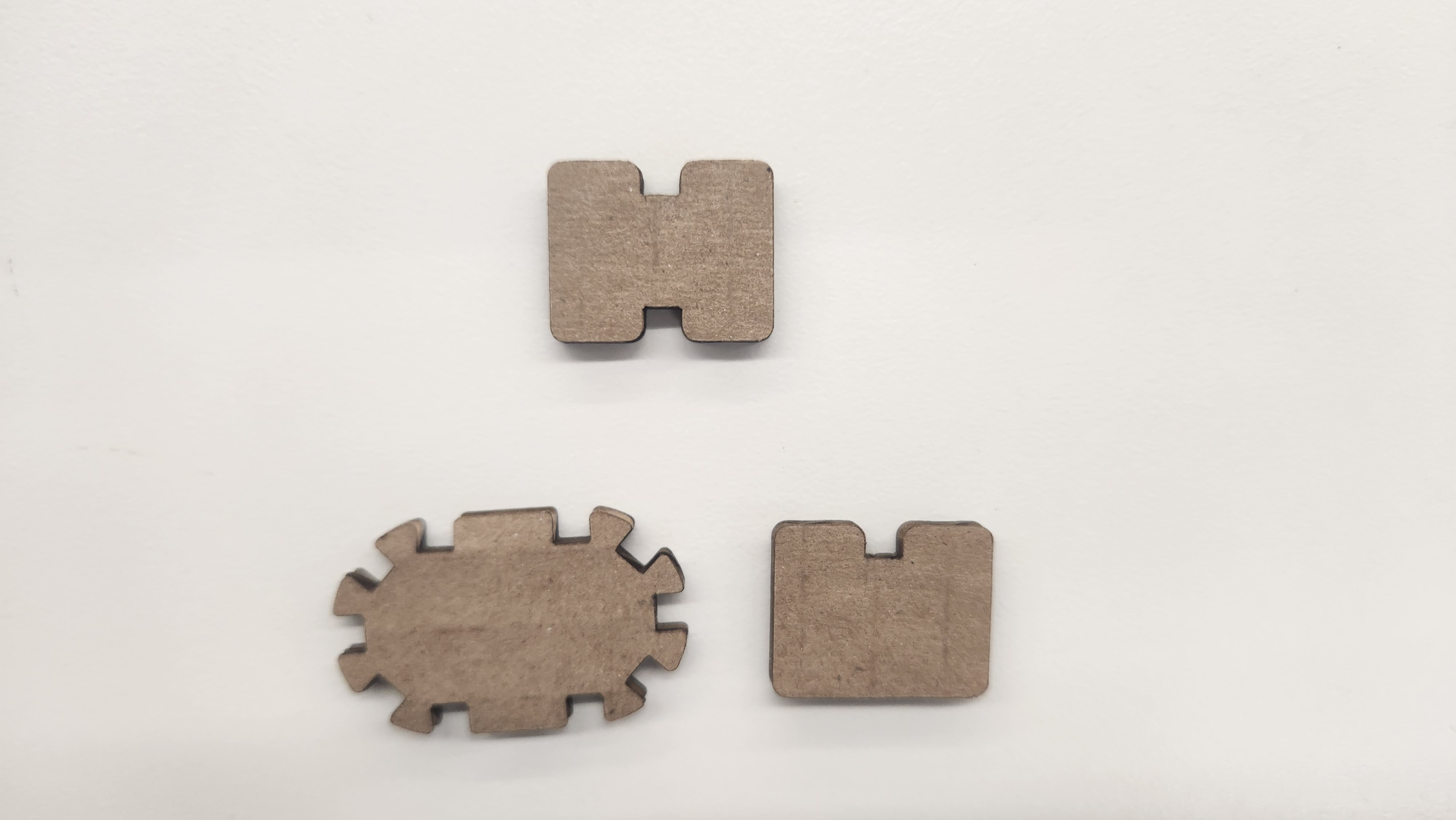
Fig. 2.1: First prototypng attempts
This first attempt at producing parts proved that the notches were not deep enough for a proper/stable fit. In order to remedy this, I made the notches deeper. I also scaled up the size of the parts in general (except for the width of the notches, that needs to be constant). with these properties, I also made a better and more rigid design for the finger construction. Lastly, I also added multiple lengths of the different parts in order to better differentiate between the different fingers of the hand.

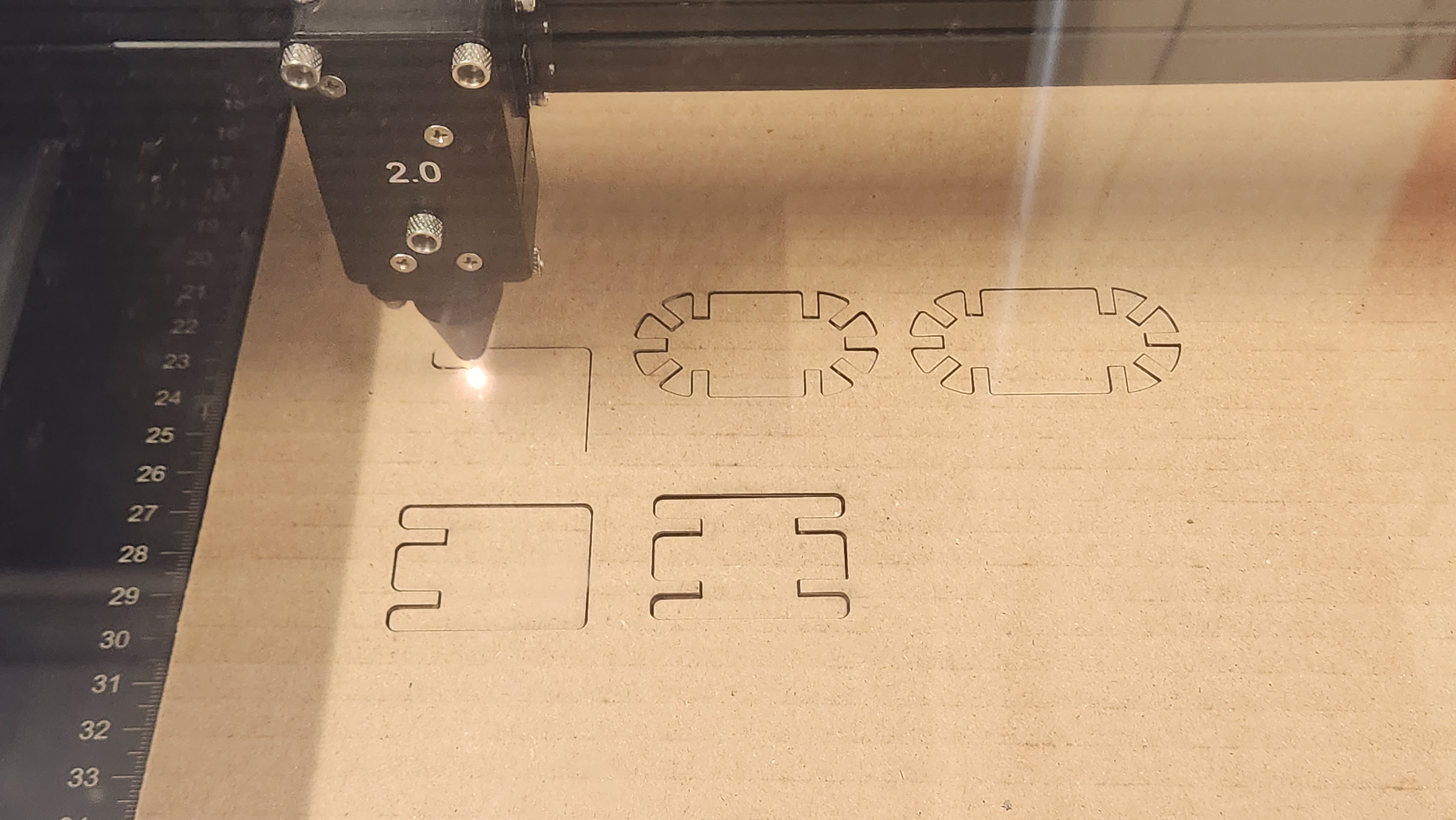

Fig. 2.2: Finger manufacturing and assembly
Now with the finger figured out, the last step was to design a palm assembly that could also be adjustable. I made sure to use similar parts in the design as I did in the finger in order to ease the design process. The final palm assembly parts had cut out notches which would function as holes for inserts that would connect to the fingers and thumb, along with a spot for a connector between the two halves of the palm. Here are all the parts for assembly of the hand:
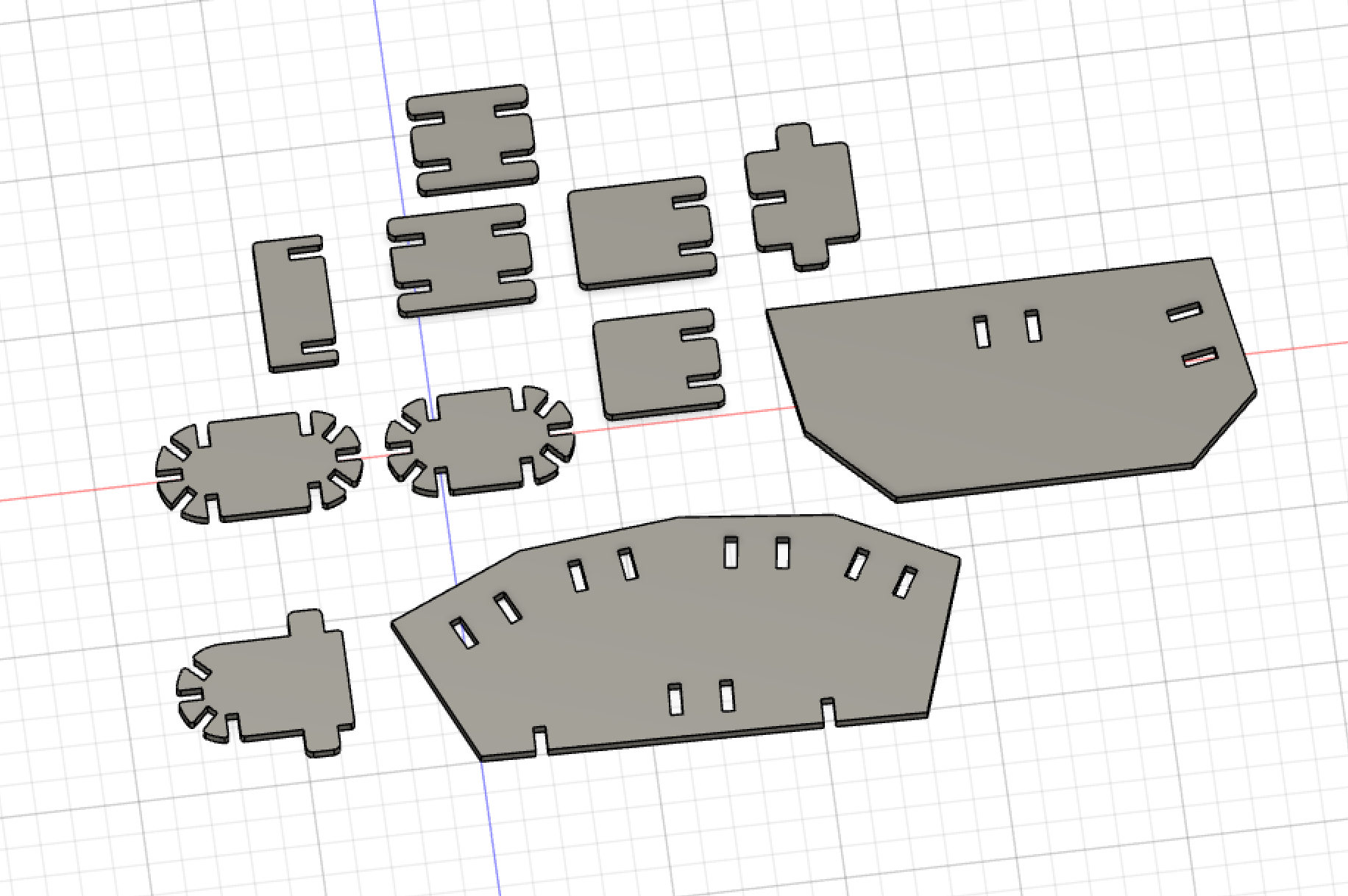
Fig. 2.3: All assembly parts in Fusion 360
For simplicity up to this point, I have not included the dimensions of my model. However, here are the dimensions of every part in the assembly. These are just the sketches of the parts, so the thickness of the material is not included in the images. The thickeness of the cardboard material used was 3.6mm, with a kerf adjustment of 0.2mm.
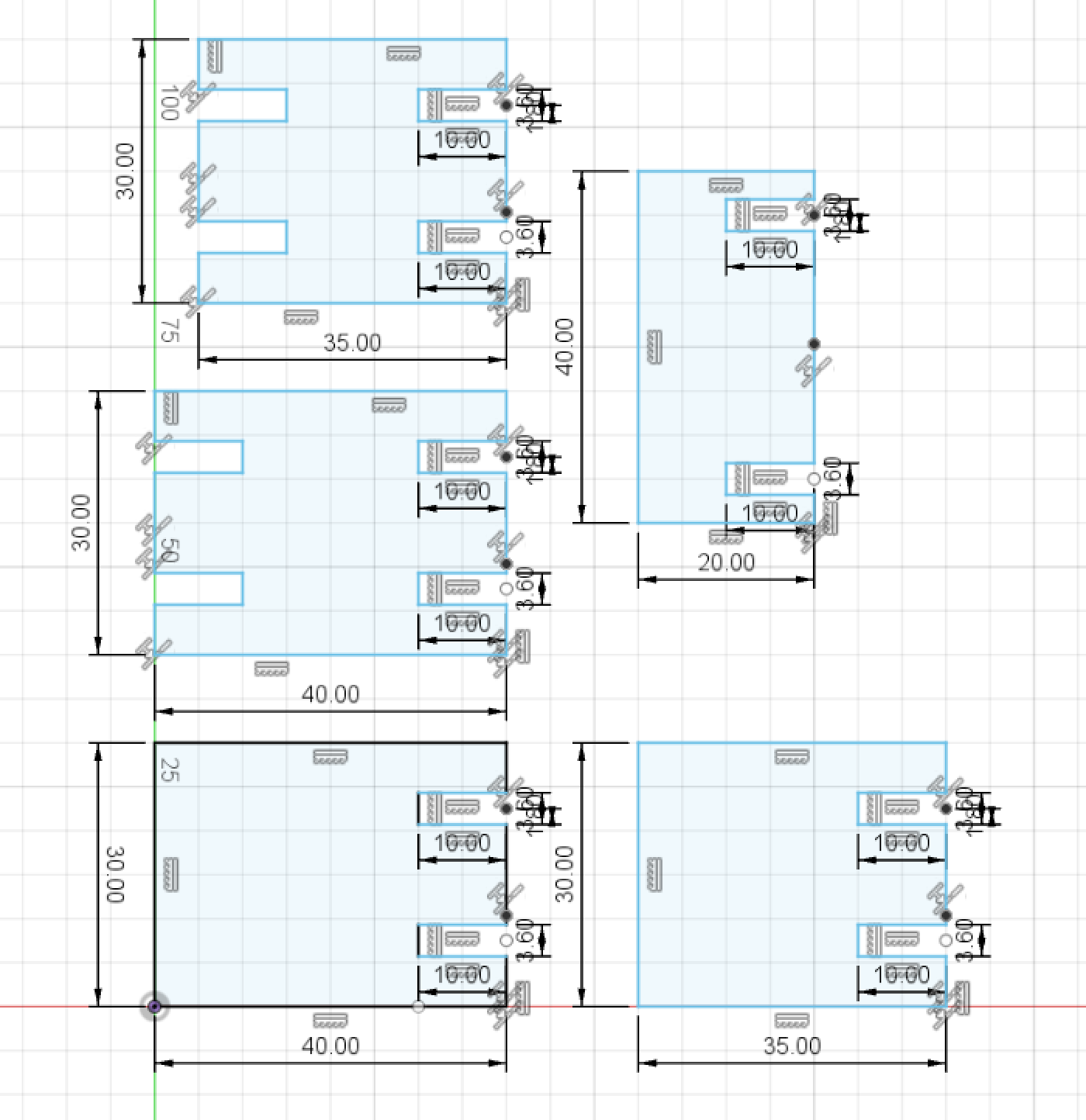
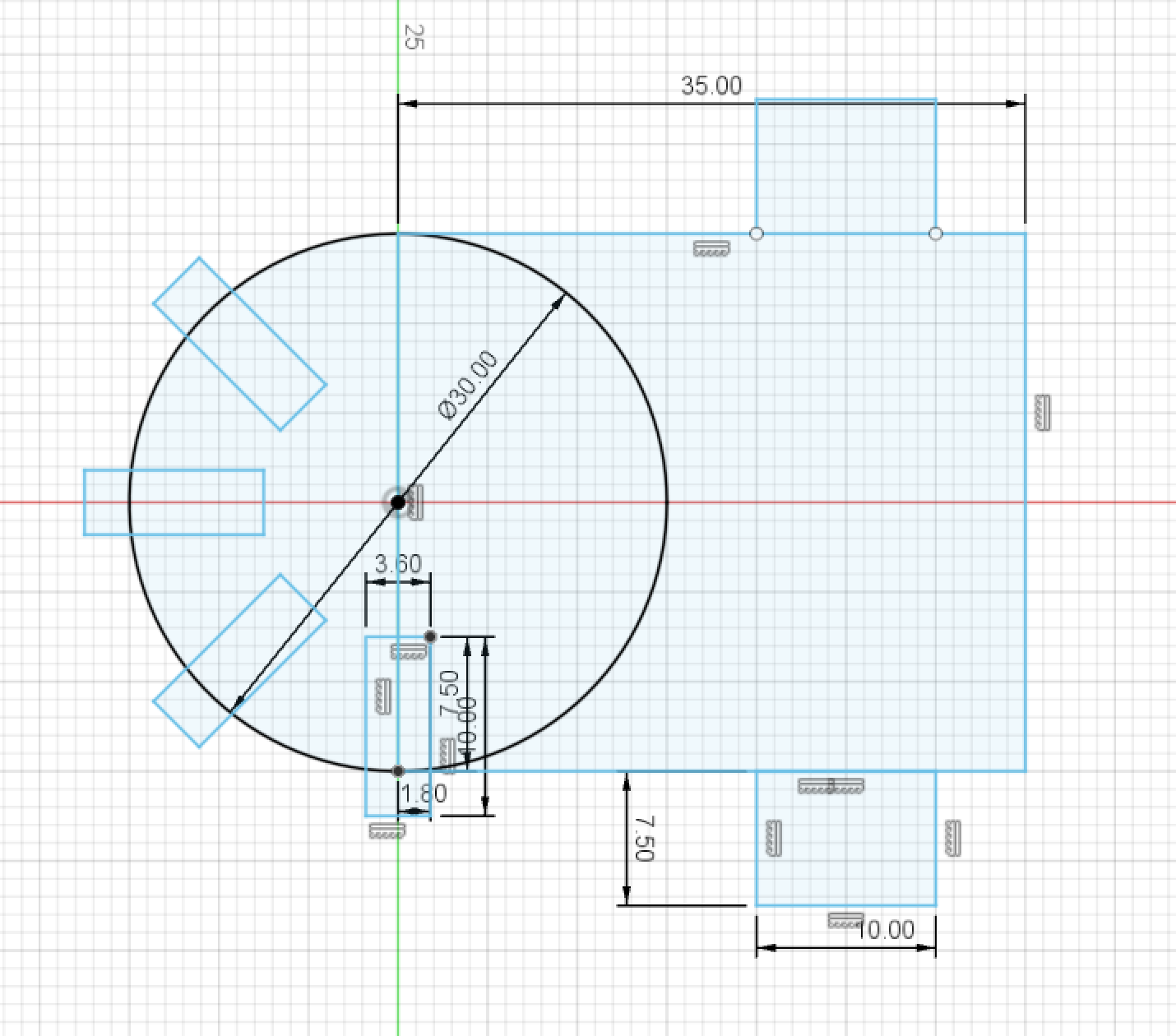
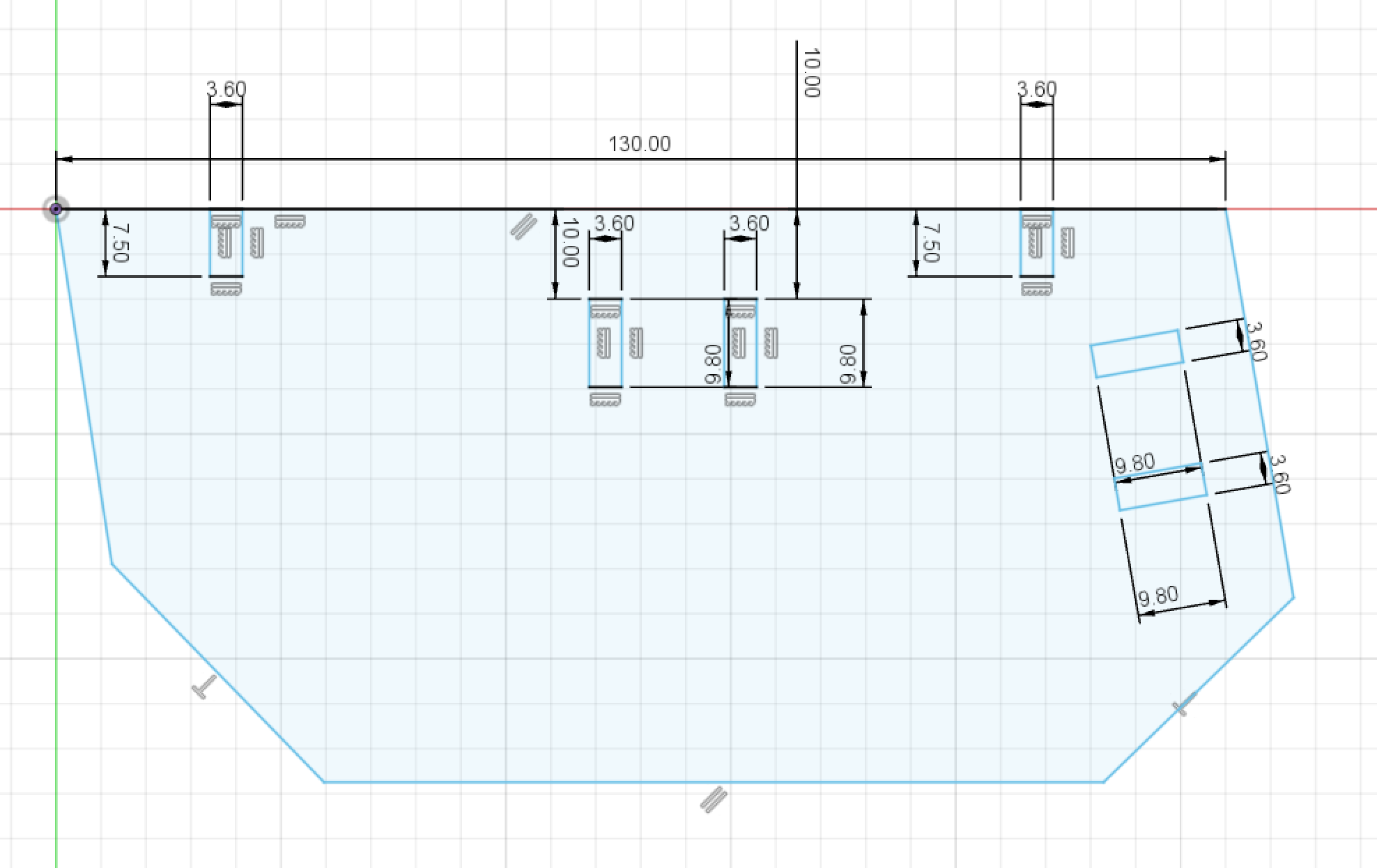
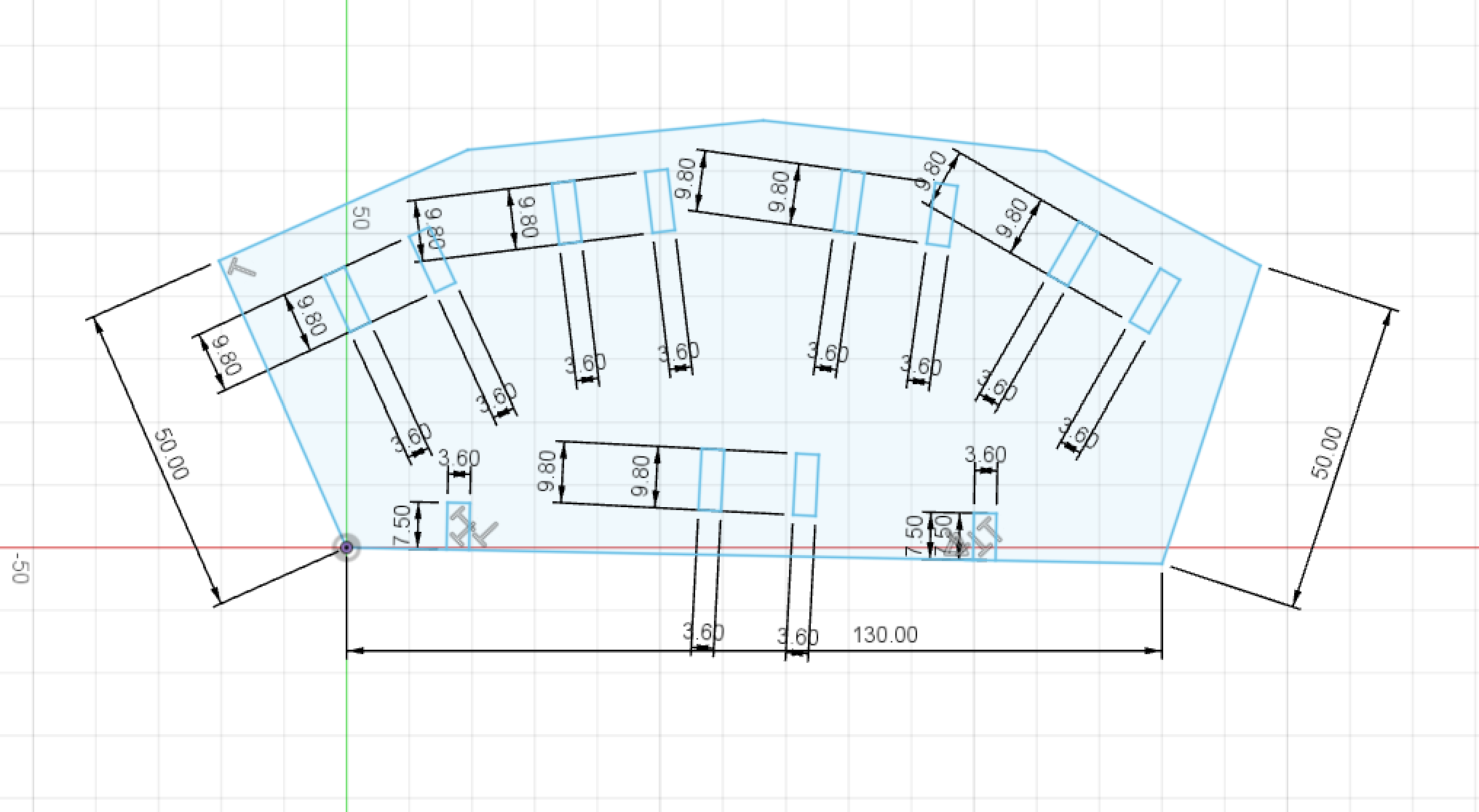
Fig. 2.4: Dimensions of assembly parts. Thickness = 3.6mm, Kerf = 0.2mm
Now with all the parts designed and cut, the last step was assembling the project. It took some effort to fit some of the parts together, and since it's made out of cardboard, it is quiet fragile. Even through these struggles though, the project turned out exactly as I wanted.
